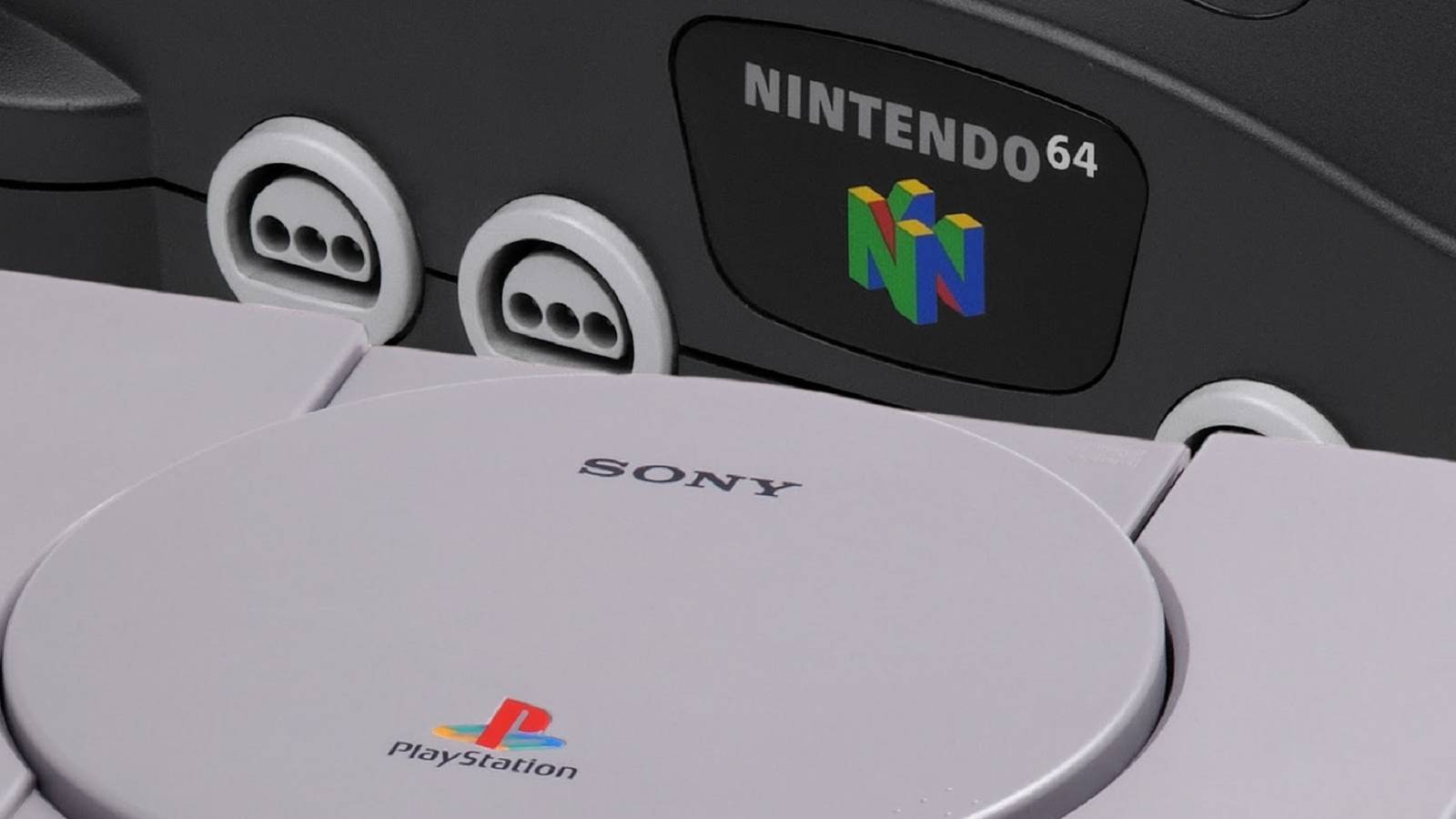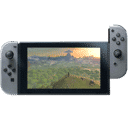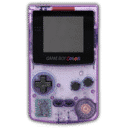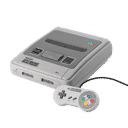
Summary:
Sony didn’t win Final Fantasy VII by accident. We trace the deal through Shuhei Yoshida’s fresh remarks about the early PlayStation era, when Squaresoft still leaned toward Nintendo and the N64’s cartridge plan clashed with Hironobu Sakaguchi’s cinema-first ambitions. CDs opened doors for full-motion scenes and bigger worlds; cartridges throttled that dream. Yoshida points to a very human factor too: a boss from Sony Music who socialized with Square’s executives, threw parties, and built trust over dinners and karaoke. That softer power—paired with a clear technical runway—nudged Square’s flagship away from Nintendo and onto Sony’s new console, altering the balance of the ‘90s hardware race. We connect those dots to the canceled SNES CD add-on, the ripple effect that brought Dragon Quest to PS1, and how a single decision set the tone for modern JRPGs. Expect an honest look at what each side wanted, why the format war mattered, and how relationship-building finished what technology started.
Why Final Fantasy VII needed discs and how that shaped the decision
Start with the vision. Hironobu Sakaguchi wanted sweeping CG scenes, film-like pacing, and a sense of scale that simply wouldn’t fit into the N64’s cartridge constraints of the mid-’90s. That’s not a casual preference; it’s the cornerstone of how Final Fantasy VII communicates its world, from the opening pan over Midgar to the emotional crescendos that define the journey. CDs weren’t just cheaper to press; they offered space—real, practical gigabytes—for prerendered backdrops, audio, and video. Yoshida’s retelling underscores that Square had already pushed Nintendo to consider optical media, but the answer stayed “no,” leaving a format mismatch between creator ambition and platform policy. When a creator’s dream lines up with a rival’s hardware philosophy, momentum builds. That’s what happened here: Sony’s CD-ROM strategy wasn’t a bullet point on a box; it was a canvas that invited the kind of epic Sakaguchi had been sketching for years.
Cartridges versus CD-ROM: speed, cost, and the creative trade-offs we all felt
Yes, cartridges load fast and can be robust, but in the N64 era they came with harsh realities: limited storage and higher manufacturing costs. Those constraints ripple into every production meeting—how many scenes can we include, which voice lines make the cut, how dense can we make the soundtrack? CDs flipped that conversation. Suddenly, the question wasn’t “what do we cut?” but “how far can we push?” That shift fuels risk-taking—richer environments, fuller scores, a bolder cinematic language. You can feel that difference in FF7’s confident presentation, its moody pre-rendered cityscapes, and the willingness to let cutscenes breathe. The trade-off for Sony was betting on a medium some still saw as fragile or slow, but in practice, the creative upside dwarfed the downsides for the JRPGs Square wanted to build. In short: storage ceiling versus creative ceiling, and one of those ceilings mattered far more to Final Fantasy.
Why storage matters to story: a simple way to picture the constraint
Imagine packing for a once-in-a-lifetime trip with either a carry-on or a full suitcase. With the carry-on, you’re rolling clothes tight, leaving favorite shoes behind, and hoping you won’t need a jacket. With the suitcase, you bring everything that makes the journey feel complete. For FF7, cartridges were the carry-on. CDs were the suitcase. Sakaguchi’s team wanted weather changes, musical range, and CG punctuation marks that land like drum hits. With cartridges, every flourish costs something else. With CDs, the creative tax is lighter. That’s the practical poetry of optical media in 1997: it turned “maybe someday” ideas into shipped features. Players felt it immediately, and the industry took notice.
The human side of the deal: dinners, karaoke, and trust that tilts decisions
Technology drew the outlines, but people shaded the picture. Yoshida highlights a boss from Sony Music who nurtured relationships with Square’s executives—hosting parties, sharing meals, and yes, belting songs at karaoke. That’s not fluff; it’s how risk is reduced when a partner is contemplating a leap. You’re not just selling hardware specs—you’re asking someone to change history. Trust lives in repetition: the third dinner, the late-night conversation, the small favor remembered. In Yoshida’s telling, that social intelligence mattered as much as any technical slide deck. It reframed Sony from “the newcomer with a CD” to “the partner who’ll make our lives easier.” In creative industries, the best deal often feels like the least scary one. Karaoke helps with that more than you’d think.
“Easy to work with” beats “best on paper” when timelines get real
Square had schedules, marketing beats, and a global fanbase expecting fireworks. Switching platforms is scary; switching partners can be scarier. Hearing—from a trusted executive—that Sony was flexible and supportive changes the risk calculus. An “easy to work with” partner is the one who answers the phone, smooths licensing snarls, and solves problems before they snowball. When the finish line is a disc on store shelves, the soft skills around a project can become hard advantages. Yoshida’s anecdote isn’t a footnote; it’s a reveal about how big choices actually get made: some data, some desire, and a lot of diplomacy.
Culture notes: why sake and karaoke show up in so many origin stories
In Japan’s business scene, after-hours rapport can be where walls drop and clarity emerges. Shared meals and karaoke aren’t distractions; they’re rituals that signal good faith and mutual respect. When you’re asking for bold moves—like moving a tentpole series to a brand-new console—those rituals help both sides see the humans behind the logos. It’s easier to commit when you believe the other team will show up, not just for the premiere, but for the reshoots and the sequel. The Sony-Square courtship reflects that truth: a mix of songbooks and spreadsheets, where a heartfelt duet greases the wheels for a multi-million-dollar decision.
The SNES add-on that almost kept Sony in Nintendo’s orbit
Roll back a few years and the story could have gone another way. Sony and Nintendo were once collaborating on a Super Famicom CD-ROM peripheral—think SEGA CD vibes, but for SNES. Prototypes existed, games were brewing, and then the partnership fractured. That split freed Sony to chase its own path and rewrite its goal from “support Nintendo” to “compete with Nintendo.” Yoshida has framed the cancellation as almost helpful in hindsight: without that clean break, Sony might have stayed a peripheral maker rather than a platform builder. The fallout set the stage for everything that followed, from CD evangelism to courting third parties who wanted more storage and lower media costs. It’s wild to consider: the PlayStation we know may have been born from a door closing at the exact right time.
How that rupture primed Sony to welcome Squaresoft with open arms
When you launch a new platform in a market dominated by giants, you look for sharp edges—policies or philosophies your rivals won’t budge on. Nintendo’s commitment to cartridges created one such edge. Sony could promise space, cheaper discs, and a friendly ear. Combine that with a new identity—no longer the junior partner, but an equal player—and you have a platform designed to lure ambitious third parties. For a studio chasing filmic storytelling, the calculus all but solved itself: take the larger canvas. With FF7, that decision didn’t just benefit Sony; it reshaped audience expectations for what a console RPG could feel like in the late ‘90s.
Why the SNES-CD’s limits still mattered to PS1’s identity
Even if the abandoned add-on wasn’t as powerful as PS1, it taught Sony a crucial lesson: optical media is the right battlefield. It trained the team to think about streaming data, staging cinematics, and pitching discs as creative enablers, not just cheaper plastics. So when pitches to Square and Enix rolled around, Sony wasn’t dabbling in CDs; it was fluent. That fluency helps a partner imagine their game on your box. It’s the difference between “we support your vision” and “we’ve built for your vision.”
Squaresoft’s pivot and the domino effect across the JRPG landscape
Once FF7 moved, it wasn’t moving alone. The franchise’s weight pulled attention, talent, and marketing oxygen toward PlayStation. Yoshida has even linked the shift to Dragon Quest eventually embracing PS1—because developers and publishers want to be where audiences are gathering and where production realities are friendliest. The ripple effect shows up in retail shelves, magazine covers, and in how younger studios learned to pitch larger, more cinematic experiences. Players felt it too. JRPGs suddenly came with orchestral swells, elaborate pre-rendered scenes, and a confidence that this medium could borrow pacing from film without losing interactivity. That’s the FF7 effect in the wild.
From “close to Nintendo” to “all-in on Sony”: what changed minds
Relationships are sticky. Square and Nintendo had a long history. The odds favored inertia. What cracked the seal was a bundle: technical runway, cost advantages, and human trust. The story isn’t that Nintendo chose wrong in every way; the company prioritized different strengths and shipped all-time classics on N64. But for Square’s specific goals, the cartridge path was a closed door, and Sony’s CD path was an open gate. The minute a partner can see their ideal game living on your box without painful compromises, everything else—marketing budgets, shelf space, cultural gravity—starts aligning behind the scenes.
The creative courage dividend: what FF7’s success funded
Success buys freedom. After FF7 proved that lavish presentation could sell worldwide, other projects could take bigger swings. You can track that courage through the PS1 library: stranger art directions, bolder soundtracks, experimental structures—because the flagship hit paid for the experiments. That’s another reason FF7’s move matters: it wasn’t just a licensing coup; it was a vote for a style of making games that many teams wanted to try but couldn’t justify before.
Marketing swagger and the lifestyle pitch that magnified the win
There’s also the vibe shift: Sony treated PS1 like a lifestyle object, not a toy. Clubby ad campaigns, fashionable branding, and outreach that met young adults where they actually hung out created a social runway for games with cinematic ambition. When FF7 arrived, it landed in a culture that already saw PlayStation as modern and a bit rebellious. That context multiplies the impact of the software—players who might have skipped a sprawling RPG suddenly felt like this was the moment to jump in. The format decision put FF7 on the disc; the marketing ethos put the disc in your house.
How “easy to work with” played into distribution and promotion
Beyond the vibe, there are mundane but mighty levers: print placements, retailer relationships, demo disc distribution, and regional coordination. Teams that feel supported locally are likelier to feature your game in magazines, kiosks, and storefronts. If Sony’s internal and regional groups made FF7’s road smoother, that’s tangible value Square would see every week. It’s the same principle as those karaoke nights—trust at every layer ensures fewer last-minute fires and more oxygen for the splashy moments that move units.
The quiet power of demo discs and event showings
Remember sliding a demo disc into your PS1 and getting a taste of something huge? Those samplers were more than freebies; they were habit-forming. Getting an FF7 slice into living rooms months ahead of launch created anticipation that magazine previews alone couldn’t match. That distribution muscle is part of “easy to work with,” and when a platform is hungry enough to prove itself, those programs tend to be robust. It all compounds: better demos, better awareness, a bigger day one.
What Nintendo’s cartridge call achieved—and why it still made sense internally
It’s tempting to frame this as a simple mistake, but Nintendo’s call wasn’t irrational. Cartridges offered quick loads, durability, and control over manufacturing that aligned with the company’s priorities. The N64 delivered genre-defining moments in 3D platforming and action-adventure that CDs alone didn’t guarantee. The lesson isn’t that one company was “right” and the other “wrong,” but that each optimized for a different creative future. Square happened to be on the path where CDs were non-negotiable. History turns on those mismatches—when two smart strategies diverge, creators pick the one that fits their dream.
Two roads, two triumphs, one industry that grew up fast
The PlayStation tripled N64 sales, FF7 became a cultural landmark, and Nintendo still wrote the book on 3D game feel with Super Mario 64 and The Legend of Zelda: Ocarina of Time. Competition—ironically sparked by a canceled partnership—forced everyone to sharpen their identities. In that light, Yoshida’s “almost helpful” line rings true. The split that stung in the moment gave the market the eclectic mix we celebrate today: Sony’s cinematic lean, Nintendo’s tactile wonder, and later, Xbox’s live-service vision. Different paths, healthier whole.
What we carry forward: why this story still matters today
Every generation, creators run into format and policy walls—storage tiers, certification rules, revenue splits, spec targets. The FF7 story is a reminder to pick partners who clear the runway for your ideal experience and to never underestimate the human chemistry that turns a “maybe” into a “yes.” Specs start the conversation. Trust closes it. And sometimes, the decisive meeting sounds a lot like a chorus of off-key karaoke at 1 a.m.—followed by a handshake that reorients an industry.
Key takeaways
First, Sakaguchi needed room—literal megabytes—for the cinematic scope he’d been chasing, and CDs offered that room while cartridges didn’t. Second, Sony’s team courted Square with more than technology: they brought consistency, warmth, and the social glue that lowers risk when you’re gambling on a new platform. Third, the broken SNES add-on partnership didn’t just push Sony away; it emboldened them to build a platform that welcomed ambitious third parties. The result was a watershed: FF7 on PlayStation, a wave of JRPGs that followed, and a console war that hardened identities in ways that continue to shape how we play today. That’s not myth-making; that’s cause and effect with a karaoke backbeat.
Conclusion
Put simply, FF7 landed on PlayStation because a creator’s dream met a platform’s strengths—and because the people pitching that platform made the leap feel safe. CDs unlocked the movie-like storytelling Sakaguchi wanted; Sony’s relationship-building made Square believe the journey would be smooth. The canceled SNES CD project ended one story and started another, and the echo of that pivot is still with us. When ambition, format, and trust click into place, the outcome can redraw the map. That’s what happened here.
FAQs
- Did Square really try to convince Nintendo to use CDs for N64?
- Yes. Yoshida has said Squaresoft pushed for optical media, but Nintendo held to cartridges. That stalemate helped steer FF7 toward Sony’s CD-based console.
- Was it only about storage space?
- Storage was the primary driver, but not the only one. CDs lowered manufacturing costs and supported the audiovisual punch that FF7 wanted, from prerendered scenes to broader soundtracks.
- What role did Yoshida’s “schmoozer” boss play?
- He built trust with Square’s executives through parties, dinners, and karaoke—soft power that made Sony feel reliable and easy to work with when the stakes were highest.
- How did the canceled SNES CD add-on factor in?
- The split freed Sony to build a standalone console and lean fully into optical media. That independence made courting ambitious third parties, including Square, far more effective.
- Did this move affect other franchises?
- Absolutely. Once FF7 committed, momentum shifted. Dragon Quest followed PlayStation’s growing audience, and the broader JRPG scene gained confidence to deliver larger, more cinematic experiences.
Sources
- How Shuhei Yoshida Shaped PlayStation And The Way We Play, GameSpot, October 27, 2025
- Sony finally managed to pry Final Fantasy 7 away from Nintendo thanks to a “schmoozer”, GamesRadar+, February 18, 2025
- Squaresoft tried to convince Nintendo to use CDs for the N64, Nintendo Everything, February 17, 2025
- “Nintendo created their big competition” says Shuhei Yoshida, GamesRadar+, October 10, 2025
- How Sony Execs ‘Schmoozed’ Final Fantasy 7 Onto PS1, DualShockers, October 28, 2025














